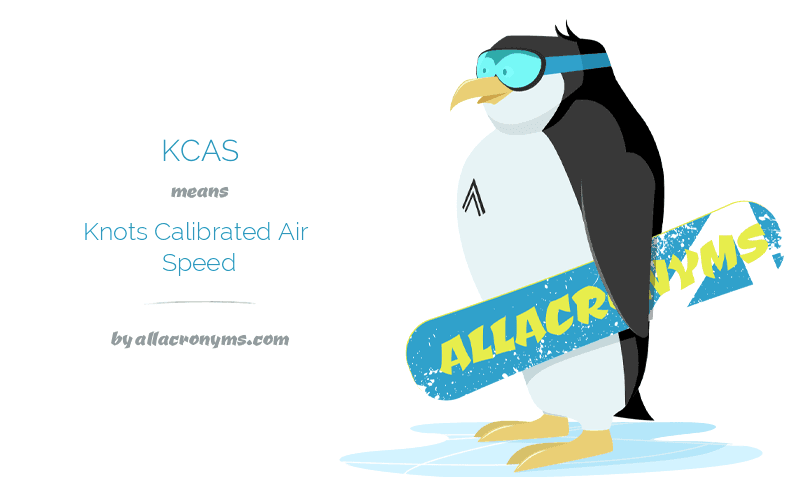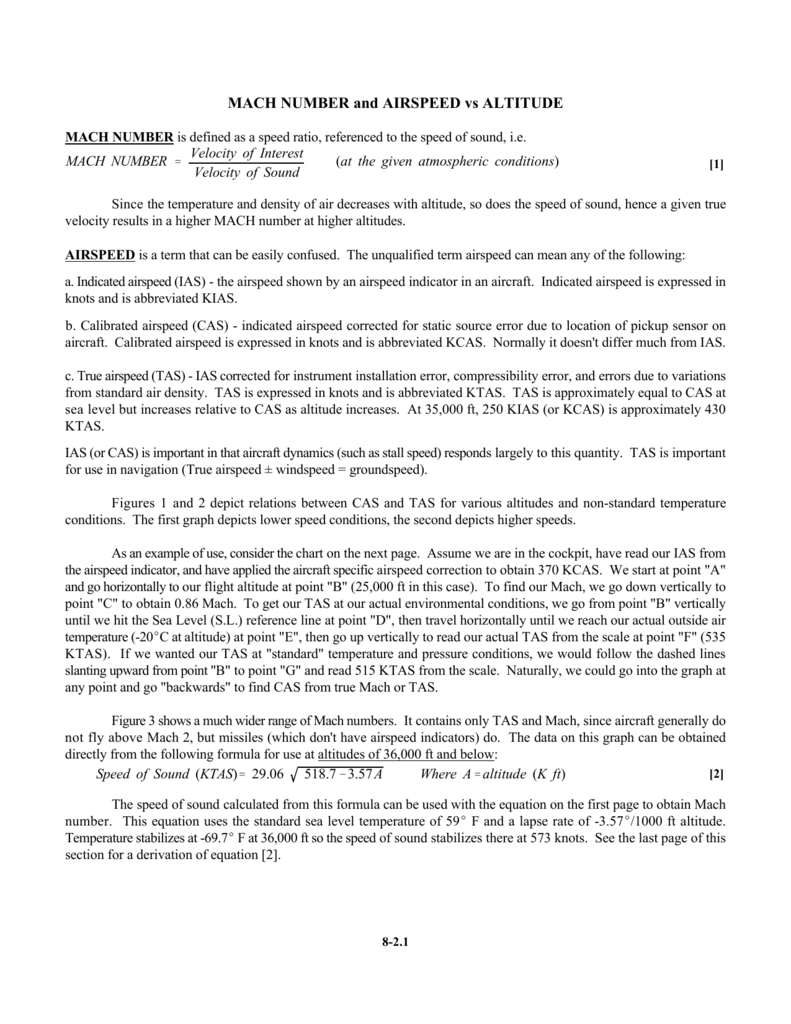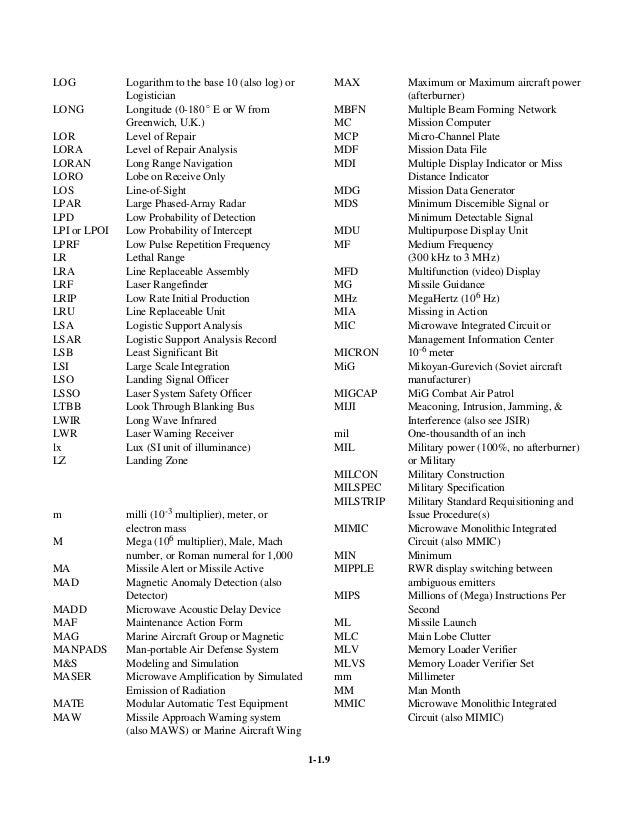Kcas Calibrated Airspeed
- Calibrated Airspeed Vs Indicated Airspeed
- Knots Calibrated Airspeed
- Calibrated Airspeed To True Airspeed
- Calibrated Airspeed
- Kcas Knots Calibrated Airspeed
- Kcas Calibrated Airspeed
Calibrated Airspeed Vs Indicated Airspeed
Because there are errors in the indicated airspeed, each manufacturer is required to measure airspeed and then provides data of indicated vs calibrated airspeed data. This used to be a much bigger deal when flights were conducted by dead reckoning, and reliable airspeeds were more directly beneficial to the flight planning and enroute process. E6B Cruise at 6,500' MSL, KTAS = 125 knots Altimeter Setting = 30.32 OAT = -10 deg C First – Find Pressure Altitude We Could Use 6,500' But to be Precise Recall Pressure Altitude is Referenced at 29.92” Hg As Pressure Increases every 0.1” Hg, Altitude Decreases 100' Therefore, Pressure Altitude 6,100' Or, Set Altimeter to 29.92” Hg and Read Direct. Calibrated airspeed (CAS) is indicated airspeed corrected for instrument errors and position error (due to incorrect pressure at the static port caused by airflow disruption).
Click to see full answer.
In this manner, what does Kcas mean?
Calibrated airspeed in knots is usually abbreviated as KCAS, while indicated airspeed is abbreviated as KIAS. In some applications, notably British usage, the expression rectified airspeed is used instead of calibrated airspeed.
what are the different types of airspeed? Here are the 4 types of airspeed, and what each means for your flying

Knots Calibrated Airspeed
- 1) Indicated Airspeed (IAS) This one's pretty simple.
- 2) True Airspeed (TAS) True airspeed is the speed of your aircraft relative to the air it's flying through.
- 3) Groundspeed (GS)
- 4) Calibrated Airspeed (CAS)
Then, what is the difference between TAS and IAS?
IAS is airspeed as measured by the aircraft's Airspeed Indicator (ASI). It is always less than TAS. The air is thinner at altitude, so the dynamic pressure will be less for the same airspeed, which means IAS will reduce as you climb, regardless of the rate of movement, while TAS will be consistent.

How is airspeed measured?

Airspeed is a measurement of the plane's speed relative to the air around it. The pitot (pronounced pee-toe) static tube system is an ingenious device used by airplanes and boats for measuring forward speed. When the airplane is standing still, the pressure in each tube is equal and the air speed indicator shows zero.
Calibrated Airspeed To True Airspeed
Calibrated Airspeed (CAS)
From SKYbrary Wiki
| Article Information | ||
|---|---|---|
| Category: | General | |
| Content source: | SKYbrary | |
| Content control: | SKYbrary | |
Definition
Calibrated airspeed (CAS) is indicated airspeed corrected for instrument errors and position error (due to incorrect pressure at the static port caused by airflow disruption).
Calibrated Airspeed
Description
CAS has two primary applications in aviation:
- for navigation, CAS is traditionally calculated as one of the steps between indicated airspeed (IAS) and true airspeed (TAS);
- for aircraft control, CAS is one of the primary reference points, as it describes the dynamic pressure acting on aircraft surfaces regardless of the existing conditions of temperature, pressure altitude or wind.
The first application has rapidly decreased in importance due to the widespread use of GPS and inertial navigation systems. With these systems, pilots are able to read TAS and groundspeed directly from cockpit displays. This negates the requirement to calculate TAS from IAS with calibrated airspeed as an intermediate step.
Kcas Knots Calibrated Airspeed


Kcas Calibrated Airspeed
The second application, however, remains critical. As an example, at a given weight, an aircraft will rotate and climb, stall or fly an approach to a landing at approximately the same calibrated airspeeds, regardless of the elevation, even though the true airspeed and groundspeed may differ significantly. These V speeds are normally published as IAS rather than CAS so they can be read directly from the airspeed indicator.